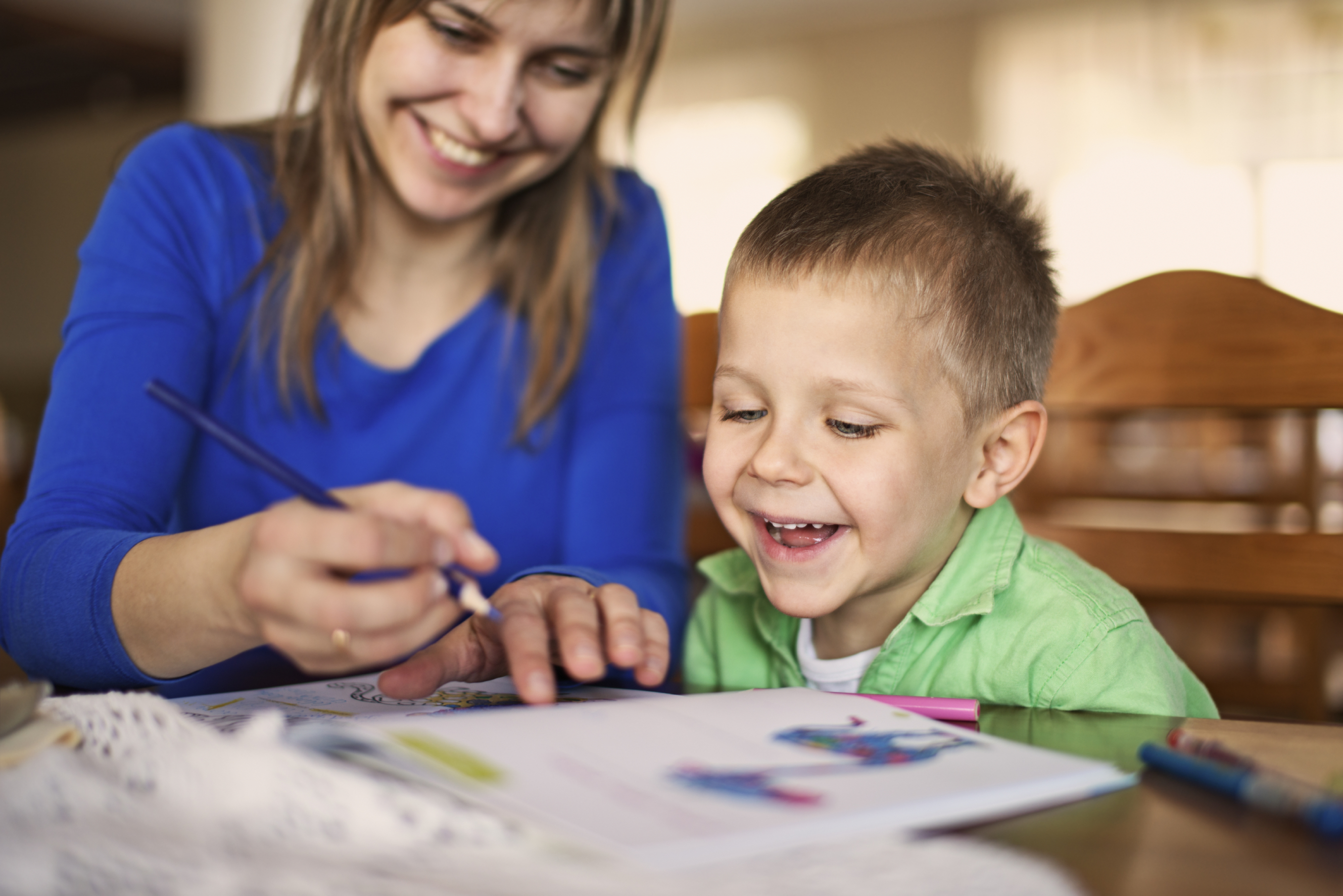
As a homeschooling parent, I'm often asked how to keep children engaged and learning without relying on technology. Consider trying some "go-to" activities that have been successful in my home to spur learning.
1. Reading
Reading might be an obvious choice, however it can be more interactive when you're reading out loud, considering the story from a different point of view, or drawing pictures of the characters. Try writing scripts or performing short plays from your favorite books.
 2. Cooking
2. Cooking
One of the best ways to incorporate math and science into your child's world is through cooking. Reading recipes, measuring ingredients, temperatures and cook times are ways to practice those skills. A trip to the grocery store with a list of needed items extends this learning even more. Depending on your child's age, see how much of the planning, shopping and cooking/baking they can do completely on their own. Older children will love being assigned responsibility for an entire meal start to finish.
3. Neighborhood exploration
Sometimes we forget the experiences in our own backyards. Taking a walk as a scientist by observing animals and collecting artifacts is a great way to keep your child learning. Encourage your child to take a baggie for collecting and a notebook to draw and label discoveries.
4. Challenges
Some students are excited by competition. I create quick obstacle courses in the house and challenge my son to complete the race, beating prior best times. This can be as simple as going up and down the stairs three times or more complicated with daily chores included. One day, I added making the bed and putting laundry away in the challenge. Everything is more fun with a stopwatch!
 5. Rediscovering old favorites
5. Rediscovering old favorites
Get out the blocks, marbles, Legos and other toys often pushed away because of homework, busy afternoons or video games. Be creative and combine toys. We've staged interesting scenes and taken photos of our masterpieces. If you're feeling adventurous, build a blanket fort to contain the toys and add another layer of fun.
6. Art
When we're taking a computer break, we often use art as a way of expressing ourselves. Crayons, watercolors and oil pastels are available to create. I encourage mixed-medium projects where the art is layered. My son takes a cleaner approach, drawing with a black Sharpie and filling it in with crayon.
7. Games
Board games are a wonderful way of practicing math, reading, and the life skills of patience and good sportsmanship. When picking out games, look for those that are age-appropriate, fun and include some level of strategy. We are fond of Battleship, Scrabble Junior and Connect Four these days. If the weather is nice, take your chess board out to the picnic table!
8. Scavenger hunts
Instead of setting up a hunt for your child, have your child make a scavenger hunt for you! I took four of my son's Lego figurines and asked him to hide them. He wrote clues that assisted me in successfully finding his "friends" and then I took pictures of the figurines in their hidden locations. This activity uses creativity, strategy and writing skills. It can also be adapted for children of any age.
 9. Science experiments
9. Science experiments
There are many wonderful experiments that can be done at home. Kitchen chemistry, sink and float, and dissecting flowers allow great learning when your child gathers the supplies, predicts the results, observes, and shares data. One of my favorites requires minimal preparation with a jar and pouring liquids. Your child will be engaged as she wonders if maple syrup or dish soap will be the top layer over cooking oil and shampoo. Like many experiments, this exploration can be adapted depending on your child's interest.
10. Themed photo shoots
Our family enjoys taking pictures related to a specific topic. We have snapped pictures of our family, pets and garden. We take the photos and later put them in PowerPoint slide shows, create collages, or add text to each picture making a book to enjoy later.
11. Action
We play hide and seek, Nerf gun wars and tag to get us up moving around. We can adjust this to make it educational. While throwing and catching a ball, children can shout out rhyming words or answers to math problems. Scarves or balloons are fun to try!
 12. Do something for someone else
12. Do something for someone else
With busy schedules, we forget the importance of teaching kindness and gratitude. Have your child bring cookies to your neighborhood fire station or gather canned foods for the local food bank. Writing a letter for a relative is a great way to practice skills and show appreciation.
13. Research
If you're open to some technology, there are many educational resources to help your child research a favorite topic. Netflix and YouTube can be helpful. I have found Crash Course, Khan Academy and Math Antics to be great resources on YouTube (I recommend previewing first.)
I find most of my ideas on Pinterest; however, I've listed some sites below that have been helpful. Happy learning!
MORE RESOURCES
10 easy experiments to do at home
13 science apps to try, top 10 geek outings




